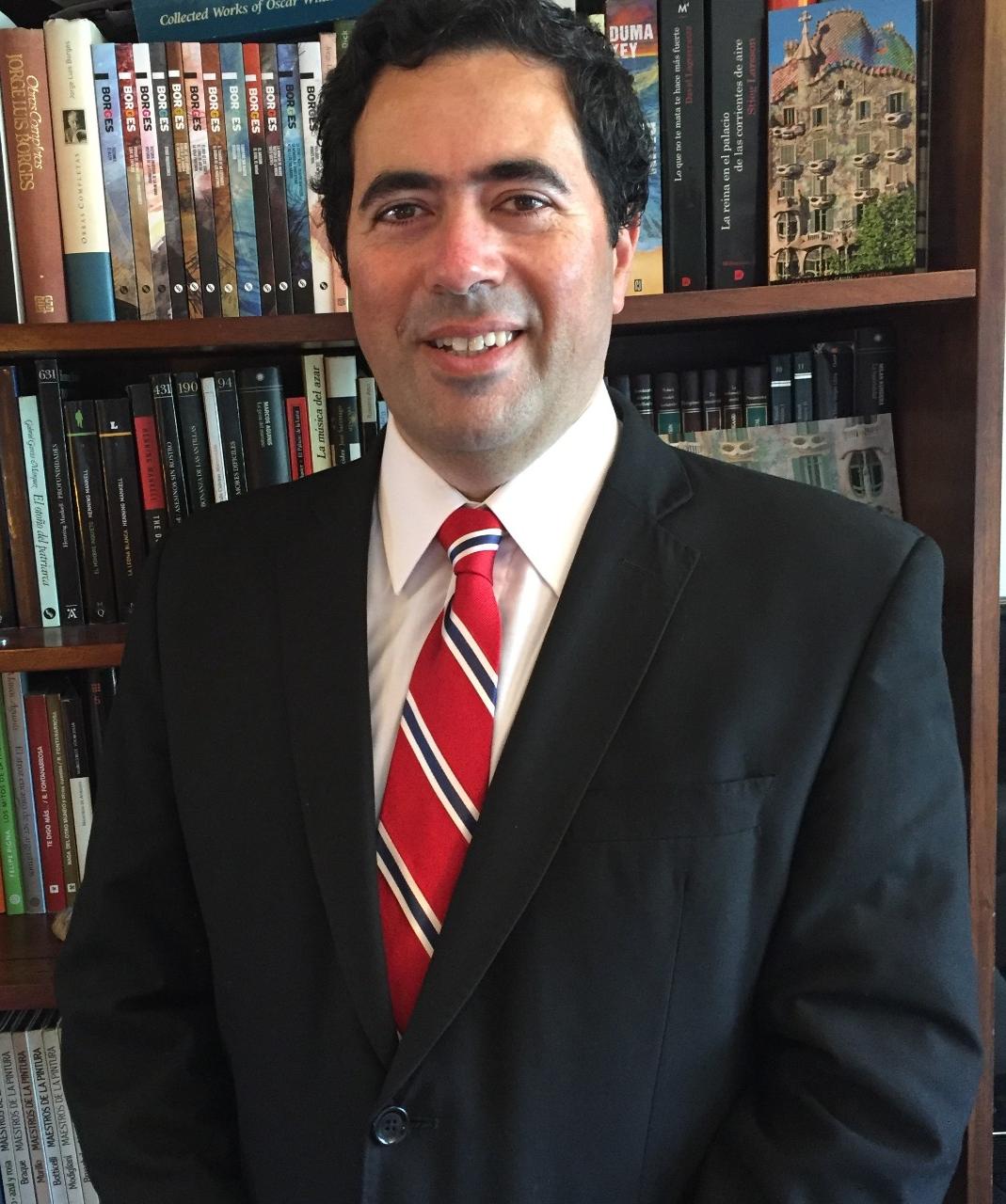Banco Galicia launches an analytical journey: Five steps to transforming an organization
By Hernan Dos Santos, Head of Corporate Information Division, Banco Galicia, and Aiman Zeid, Head of Global Business Consulting and Organizational Transformational Services, SAS
If you follow the technology arena – or work in it – you’ve likely heard that there are no pure technology problems. Usually, every solution to your organization’s challenges requires some combination of skills, processes, technology and culture.
And the technology piece is the least challenging piece of the puzzle. By examining the complexity of your organization and the changes in your local market landscape, you can quickly see the business potential – if you can align your organization’s resources around your business priorities.
Banco Galicia, one of the largest banks in Argentina, understood this. The bank’s board of directors set several strategic objectives in 2015, including evolving the bank to an analytically driven organization, delivering the best possible customer experience and developing the bank’s Omni channel capabilities.
Executives knew these goals required the input, resources and efforts of a variety of business functions. So, the IT team, in collaboration with the business, led the bank’s effort in defining the approach to achieve these objectives. To make this happen, Banco Galicia partnered with the SAS business consulting team to launch their analytics journey. Here are the first five steps the bank took to become a more analytical organization.
Active participation from business and IT ensured consensus and led to agreement in identifying information as well as organizational challenges and opportunities.
Choose the right starting point
Every journey starts with a first step. In this case, SAS business consultants worked with Galicia’s IT and marketing executives to identify the starting point. Everyone recognized the importance of this decision. The starting point would set the tone for the program and provide guidance for future efforts.
Banco Galicia quickly identified the retail segmentation, product and channel teams as the key stakeholders for the initial effort. IT was a key player driving the effort to support the business groups. The scope of the first project focused on improving the bank’s capabilities in managing customer and product information as well as applying analytics to drive marketing efforts. The team chose this starting point because it provides the information and organizational foundation to meet the board’s requirements.
Take a comprehensive organizational approach to support analytics
Banco Galicia has used analytics in retail banking for several years. However, a new government was installed at the end of 2015, which promised to open the market to foreign banks. The bank wanted to accelerate and enhance its analytical efforts to deal with these changes in market dynamics.
To accomplish this, the team established a vision and secured support from the business and IT executives at the beginning of this process. Banco Galicia worked with SAS to take a comprehensive organizational approach that included a thorough evaluation of the skills, operating models and processes, information infrastructure, and business culture. Evaluating these key organizational pillars helped identify the capabilities in each area that were related to the board’s objectives. Everyone understood that the key to success requires the bank to look at all four organizational pillars, and not limit the effort on technology. Understanding these capabilities helped the bank establish a detailed capability baseline as an initial step to achieve the board’s objectives.
Secure buy-in and consensus to ensure alignment
Banco Galicia and SAS were aware of the critical need to secure buy-in from both business and IT stakeholders through every step of the evaluation process. The process was carefully structured to quickly include stakeholders from both retail banking and IT teams.
Active participation from business and IT ensured consensus and led to agreement in identifying information as well as organizational challenges and opportunities. This work also uncovered the appropriate direction to address the challenges and exploit the opportunities. All stakeholders had several chances to provide input and perspective in every step of the evaluation process.
Develop an analytical and organizational roadmap
After establishing a capability baseline, Banco Galicia and SAS teams focused on identifying specific actions and milestones to address capability gaps, which could enhance the bank’s information, analytical and organizational maturity.
One output was a comprehensive roadmap to implement the changes and recommendations at a pace that allowed for business adoption. The roadmap covered a variety of enhancements steps targeting the four pillars: skills, operating models, organization structure and infrastructure, and, of course, the culture. Structuring a journey for the bank’s specific unique requirements and culture was critical to maximize the chances for success.
And the program didn’t stop at a roadmap. Banco Galicia’s business and IT executives dedicated their own time to sponsor this journey for the long run.
Form a steering committee to drive the roadmap implementation
Given the size and the business scale of Banco Galicia’s operations, everyone involved had a full list of responsibilities. However, the bank understood the importance of establishing accountability for the evolution journey. That’s a critical element to any ongoing program.
The SAS business consulting team recommended the formation of a steering committee to own and drive the implementation of the roadmap. Galicia and SAS worked together to develop the vision, mission and charter of the committee. They also established an operational process to ensure the committee’s work is efficient and effective.
How Banco Galicia evolved their analytical and organizational maturity
Galicia was able to produce several key benefits from this initial project.
- Clear definition of the target. The bank evaluated what capabilities were most valuable in each organizational area. This detailed evaluation made it easy to identify enhancements in each of the four organizational pillars identified above.
- Consensus through participation and buy-in. The evaluation process was structured to take into account input and perspective from both business and IT stakeholders.
- Alignment of efforts toward a well-defined target. Having a goal is important, but aligning work towards the goal is paramount. The roadmap included enhancements to each organizational pillar to create an aligned organization with one clear focus.

Hernan Dos Santos is the head of Corporate Information Division for Banco Galicia. He has been leading this area for eight years, implementing new solutions that improve the analytical capabilities of the organization and working to transform the company into a data-driven enterprise.

Aiman Zeid is the author of Business Transformation: A Roadmap for Maximizing Organizational Insights and a SAS global consultant. He has more than a decade of experience helping organizations on four continents evaluate their organizational maturity and readiness to deploy business analytics

